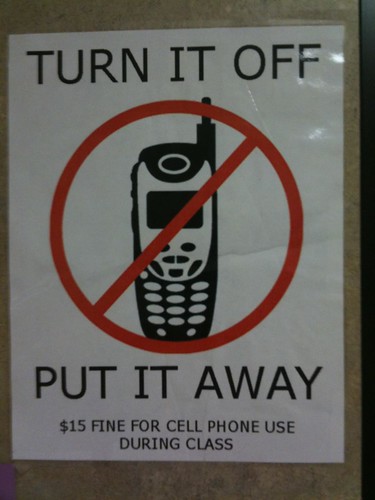
Visiting one of our elementary schools last week to drop something off, I used the chance to visit a couple of classrooms. While I was standing in the doorway of one fourth-grade room, the teacher crossed to me.
“They’re just wrapping up their reading groups,” she said and explained this was the second week of the students working through a menu. Each week groups had a selection of Must Do and May Do activities to work through. It was an added element of student choice and a move on the teacher’s part to better recognize students’ agency.
The teacher told me she’d been impressed with what she’d seen in the first couple weeks and she was working to help the students get used to their new control over the learning.
“And what about the kids,” I asked, “Do you have some sort of feedback mechanism built in to get a sense on how they’re thinking about the changes?”
“That’s a really good question,” she said without missing a beat, “Let’s do that now.”
She called the groups back to their spots and asked them to discuss two questions with one another: What was going well with the new structures, and what could they do to improve the class moving forward?
That would have been enough to make my week. Not only were this teacher and her team trying something new based on a drive to get out of students’ way and better honor their agency, she saw value in hearing students’ feedback to such a degree that she was willing to adjust her plans on the fly to give students an opportunity to report out on what they thought of her new ideas. That, alone, would be enough.
But, that wasn’t the best part.
I perched myself amidst a group of four young women and listened as they talked with one another in response to their teacher’s questions. It was an exchange the civility and earnestness of which I’ve rarely seen in a faculty meeting. Their teacher had given them yet another chance to help chart the course of their learning and they were equal to the task.
As their conversation wrapped up, I asked if I could get their feedback on one more query. “Sure,” they told me.
“Well, your teacher is responsible for making sure you’re learning, right? So, how, with this new way of doing things, might she be able to keep better track of what everyone’s doing and what they’re learning from it?”
A pause as four faces with pursed lips considered my question.
Then, they were at it again. A lot of decisive, Wells as they started tossing ideas around, building on and pushing the thinking of those who’d spoken before them.
My favorite idea came from the student sitting to my left. She suggested students could write a couple of sentences as they finished an activity, relaying what they’d done in their groups and what they’d learned from it. Then, she said, they could take pictures of their writing and share it on Seesaw so both their families and their teacher could see their thinking.
I’ve been in 3-hour meetings with teachers where only at the end did we get to an idea as clear and salient as hers.
To anyone who’s been following these ideas for a while, it should be clear why these moves of practice and these ideas brought me so much joy.
What might not be as clear is the joy I took in the ease with which these students had their conversations and shared their ideas. You might not see my joy at how quickly their teacher considered a new idea, modified her plan for the day, and sought her students’ feedback. The ease and comfort of all of this bring me joy because they signal this is the normal for this classroom. Conversations, democracy, feedback, honoring students’ thinking – they were all taken in stride. That is evidence they don’t just happen when visitors are in the room. That brings me joy.








